Science and Technology Highlights
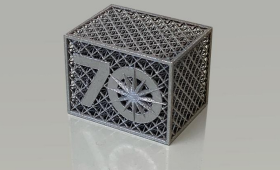
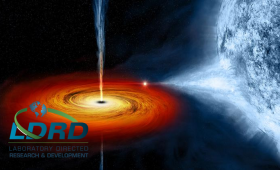
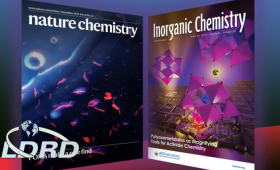
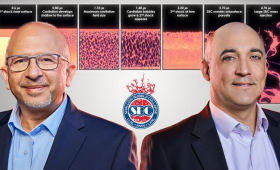
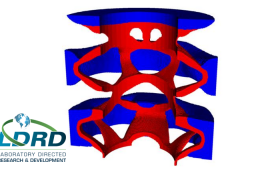
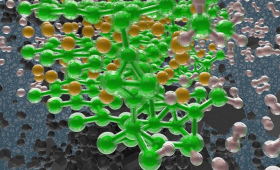
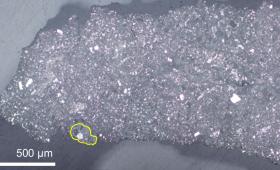
In collaboration with an international team, LLNL scientists looked at the isotopic composition of oxygen, carbon and manganese-chromium in two asteroid particles to help determine the source of the water and timing of the chemical reactions
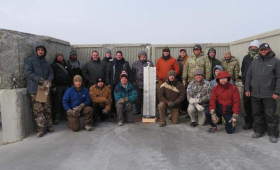

Skywing, a new software developed at LLNL, provides scientists working to protect the nation’s critical infrastructure with a high-reliability, real-time software platform for collaborative autonomy applications.


